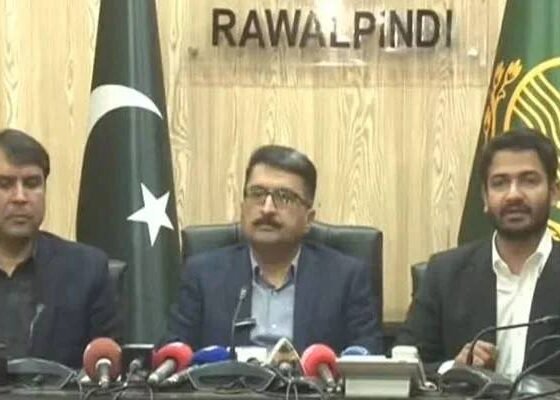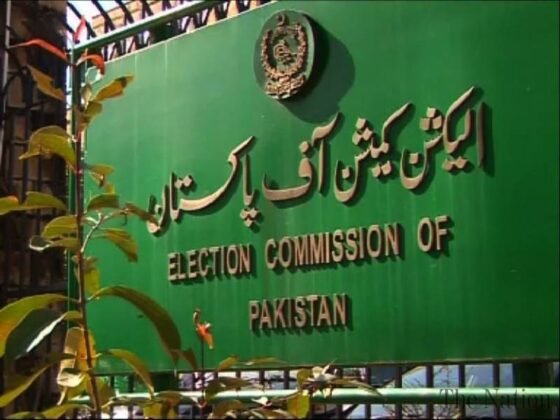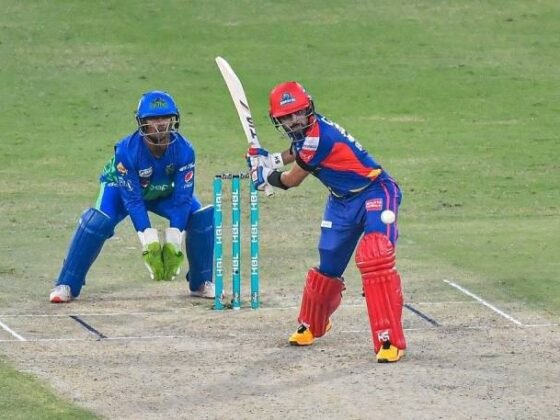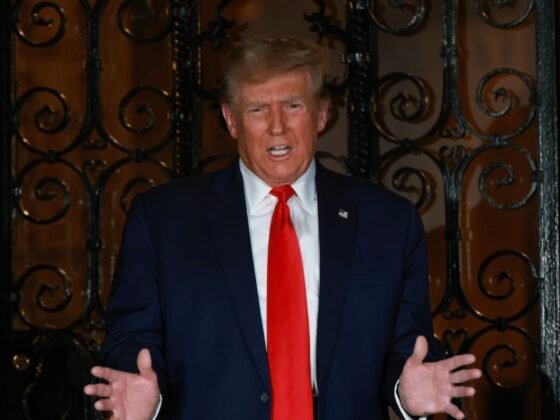Delhi government has issued schools a 117-point checklist for ensuring student safety.

New Delhi: The Delhi government has issued schools a 117-point checklist for ensuring student safety in their premises and warned that there would be “zero tolerance” for any violation.
The checklist, including everything from toilets to cyber security, has been prepared in the wake of the brutal killing of a schoolboy in a Gurgaon school and the rape of a minor girl by a school attendant in Delhi, officials said. People More Scared Of Cow Than Lion Now, Thanks To Modi Sarkar: Lalu Yadav
“The checklist has been designed to encapsulate the minimum standards of school safety to emphasize zero tolerance against any violation in this regard. Practicability of implementation and monitoring has been kept duly in mind,” a senior official of Directorate of Education (DoE) said.
Among the points listed are school safety committees, monthly safety walks to identify loopholes in security in the premises, securing boundary walls with grills, CCTV surveillance, maintaining records of every entry into the school and restricting visitors.
“All toilets should be well lit and have easy release lock from inside and no lock from outside. There should be no deployment of male staff in toilets for primary classes and all toilet visits of students up to Class 2 should be surpervised by a lady caretaker,” the guidelines state.
The guidelines have been issued to all schools in the national capital.
The government has also directed that prior written consent be sought from parents for allowing children to stay back post school hours and co-curricular activities held beyond school timings be supervised by at least two teachers.
Visits to laboratories, sports room, auditorium, library, computer room, gymnasium and assembly hall and the like should be under direct supervision of relevant teachers.
Schools have also been asked to ensure cyber security in accordance with existing cyber and IT laws. This includes installation of firewall, filtering and monitoring mechanisms in all computers in the school premises, regular review of filtering and blocking policies and procedure and ensuring that children use computers under the supervision of teachers.










